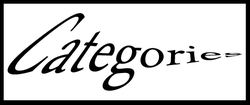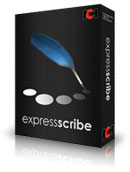When you think of transcription, most say “It’s just typing what you hear, how hard can that be?” Well, anyone who is a transcriptionist or knows the business, knows there is so much more that goes into being an accurate transcriptionist.
Let’s start with the time it takes to complete a document. Just because an audio or video file is 60 minutes long does not mean it takes 60 minutes to complete. In fact, it can take anywhere from 2-3 hours to complete 60 minutes of audio or video…..and that’s if you have a quality recording and you don’t have to do too much research. Technical words, medical terms, legal jargon will all be verified by an experienced transcriptionist, and that takes time.
Let’s not forget proofing your work. Most experienced transcriptionists who are confident in their work can quickly proof their own, but if you have someone working for you, you must proof, sometimes to audio, to be sure that what you/your company puts out as a final product is accurate. Even for your own work, if the quality of a recording is not good, you may have to go back and listen to specific words to be sure they are correct. This takes time. It is very helpful if the interviewer spells out unfamiliar words.
Some of the things that are not considered is where a recording takes place. Sure it sounds great to do an interview over lunch or dinner and let the recording roll while you dine and discuss the topic at hand. However, did you know that the transcriptionist can hear everything from background chatter, to knives and forks hitting the plate, even water being poured into a glass? Sometimes, there’s very subtle music playing in the background that those dining don’t pay much attention to, but it shows up loud and clear in the audio on the transcriptionist’s end.
Another place is outdoors. One would think doing an interview in the park would nice, quiet, and relaxing; however, the trained transcriptionist can hear birds chirping, dogs barking, cars going by, even construction noise in the vicinity.
While it may not seem like a big deal when recording, these little things make such a big difference in how quickly one can transcribe, as well as the overall pricing. To hear, “We have to charge more because of the background noise,” one would think, “What background noise? I was in a restaurant, it was just the two of us!” Think again.
Before you do your next interview, focus group, or any type of recording, take a moment and do a practice run – just record the area for a few minutes and play it back. This will give you an idea of what a transcriptionist hears, and it could possibly save you some money if it’s determined it is not an ideal place to record.









 RSS Feed
RSS Feed
